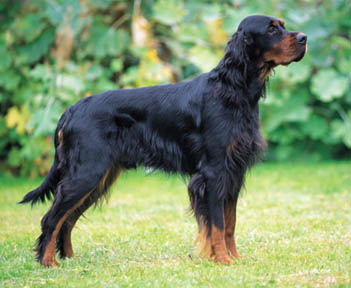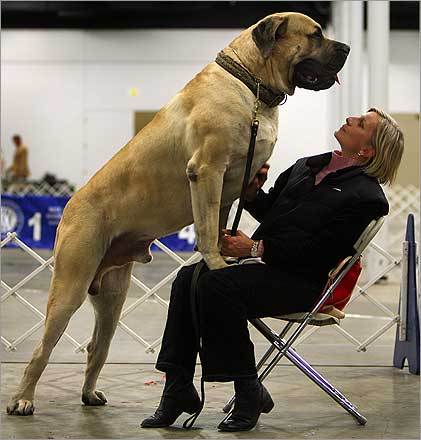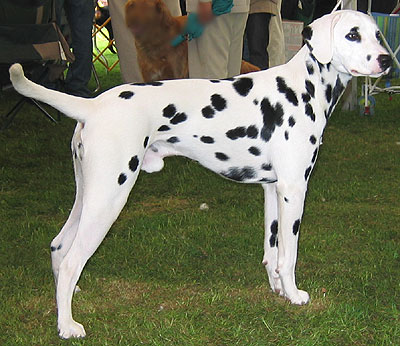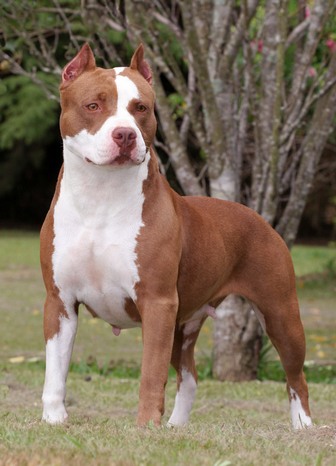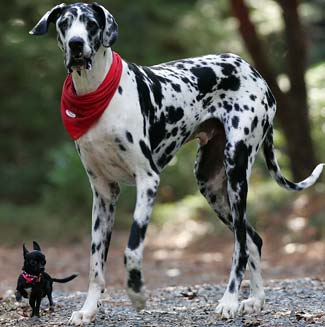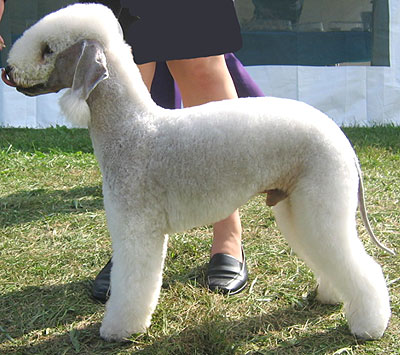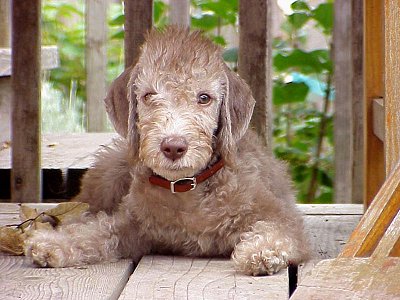–Practice taking the food away while your Rottweiler is eating (but give it back to him after a few seconds!) By allowing you to control the food, your Rottweiler is giving you the dominant position (because the Alpha dog controls the food)
–The Alpha dog never breaks a gaze first or looks down. When your Rottweiler meets your gaze, stare at him/her until they look down or away. The one who looks down or away first is the submissive one.
Tip2: Never give your Rottweiler treats or a new toy just because they look cute. Always make them work for it or ‘earn’ it. This helps them feel important and they don’t begin to think that everything is theirs for the taking.
Tip3: Ok this isn’t a training tip but it’s one of the BEST things we ever did for our rotti (and we keep hearing it over and over from other rotti owners). We got pet insurance.
Tip4: Teaching your Rottweiler the “Leave It” or “Drop It” command early on helps keep your Rottweiler safe. Often they curiously pick up anything in their path and it can be quite poisonous or harmful to their mouth.
By teaching them this command, you can then tell them to “Drop it” quickly, even if you are yards away and can’t take it out of their mouths physically
Tip5: A gentleman with a Rottweiler gave us this one:
To train his 7 month old, very rambunctious puppy, he would tire her out by taking her to a leash free zone for an hour. When she was exhausted (but happy and well-socialized!) he would then start to train her.
She was more apt to pay attention during these times and soon, with some repetition, she even began to listen to him when she was energized and wound up. He said it was the easiest way in the world to train dogs!
Tip 6: We’ve heard horror stories about people trying to crate-train their dogs and this might seem simple, but here’s what we did:
When we were trying to train Hunter (our Rottweiler) to go into his crate, we simply said “Crate” and then gave him peanut butter or a dog treat (with lots of verbal praise) when he followed the treat into the crate.
This took a few days, but soon he was running to his crate when he heard the command. We eventually scaled back the treats to just verbal praise but it worked quite well. Now his crate is his own little home. To this day, he’d rather sleep in his crate than even on our bed!
Tip7: When our Rottweiler was a puppy and had to stay in his crate for a couple of hourse (like when we wanted to sleep!), we found that after a while he would begin to cry in order to convince us to let him out. This drove us crazy until we tried something just on a whim.
We threw a blanket over his crate so that he couldn’t see anything. Surprisingly enough, his cries soon stopped! We’re not sure why this worked, (out of sight, out of mind maybe?) but we were thankful to be able to sleep again!
Tip8: Although we know this too is a simple one, we found that good Rottweiler training can be summed up in one word: Consistency.
Rottweilers are famous for testing their owners over and over – especially when they’re puppies. If they try to get up on the couch once and you say “NO” they’ll wait a while and try it again. If you allow them to get up on the couch (or another family member allows it) the second time, watch out.

